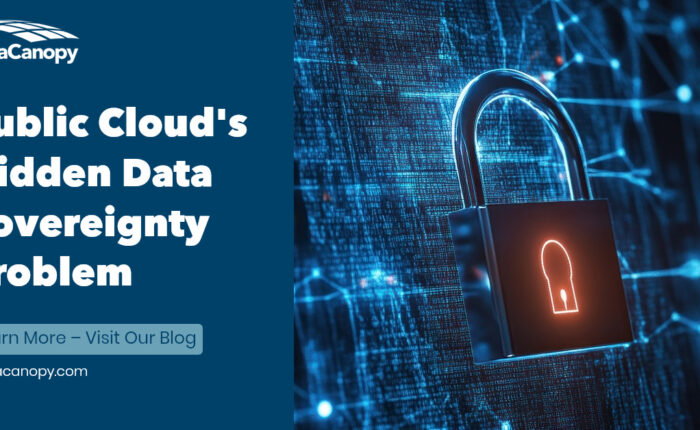
When the word disaster is spoken it conjures up the images of earthquakes, tornadoes, floods. Weather events that happen out in the world to someone else, but not to your business. However, real disasters (and not just those from Mother Nature) impact businesses regularly and often lead to them closing. So how do you protect yourself? One excellent choice is deploying a disaster recovery plan that has geographical redundancy for your data center. If you are already hosting your data in the Washington, DC-metro area; then Ashburn, VA may be your first choice if you want a local disaster recovery. If Ashburn is your primary data center, then you would be best served to have your backup servers hosted in a city that is subject to different environmental impacts, such as: Richmond, VA; Austin, TX; Chicago, IL; or Fremont CA.
What is Geographical Redundancy?
Geographic Redundancy is the replication of your data in two geographically separate sites so that if a disaster should happen, your applications can switch from one site to another. Companies use geographic redundancy to ensure that even when disasters happen critical applications and data remain available. According to Whatis.com, in disaster recovery, geo-replication provides additional redundancy in case a data center fails or there is some other event that makes the continuation of normal functions impossible.
Why these locations? All to some extent are in disaster neutral areas of the United States with available resources in a state of an emergency. We chose Washington, DC (Ashburn), Austin, Chicago, Richmond and Fremont for our nationwide footprint because they are all major metropolitan areas with immense amounts of data center resources, such as: access to multiple networks, backup generators, and a vast network of fiber. A disaster recovery site in the middle of nowhere could be great, but it could also be a huge headache if you need to get your business back online quickly and don’t have the network you need to support it. Many of the data centers in Ashburn also have fiber that runs between major cities, such as Ashburn and Austin, Chicago or Fremont to minimize latency and allow for a smooth failover.
Even though weather-related disasters aren’t the number one reason businesses experience downtime, they should still be a consideration when choosing your facility. Here is how a few popular data center locations across the country measure up:

It’s true that no matter where you choose, no place is 100% safe and you must protect yourself from a myriad of threats, which is why geographical redundancy is important in disaster mitigation. You need to be sure when choosing your DR site that if a disaster were to occur you have the geographical redundancy built into your disaster recovery plan to ensure the future of your business. Don’t take our word for it, see it for yourself. Sign up to tour our Ashburn datacenter or one of the other locations and we will show you some of these remarkable facilities.



